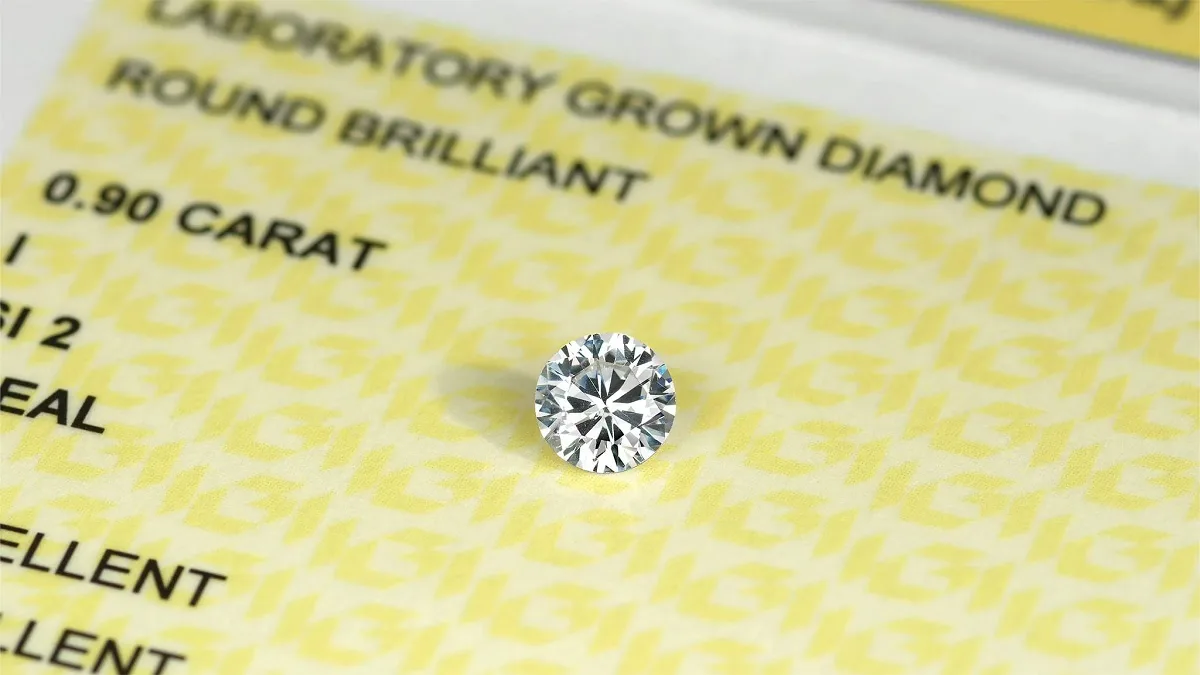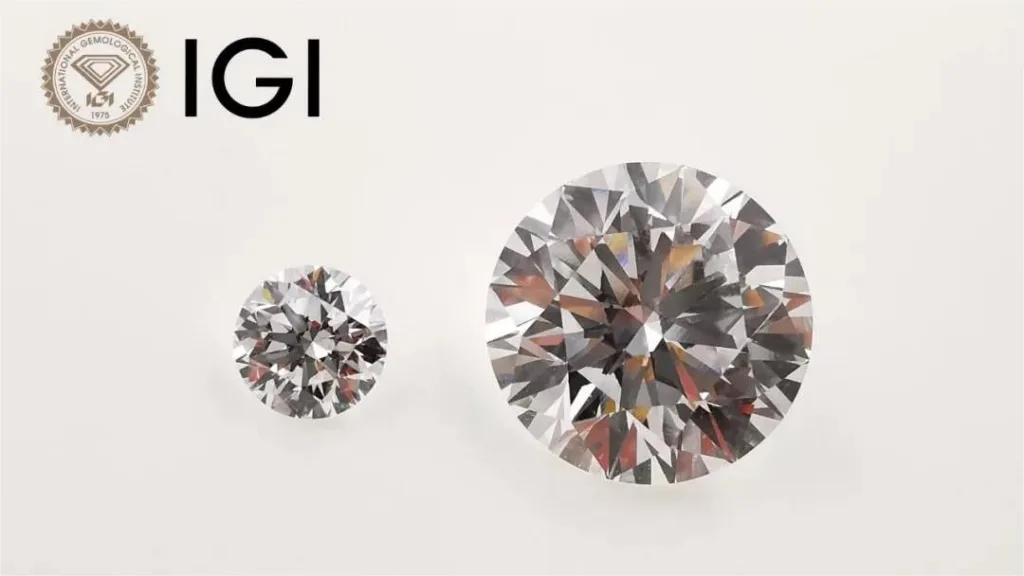Lab-grown diamonds are indeed real diamonds, but they are created through a different process than natural diamonds, which form deep within the Earth over millions of years. To understand whether lab-grown diamonds are real, it’s important to grasp the key distinctions between these two types of diamonds.
Composition:
Both natural and lab-grown diamonds are made of carbon atoms arranged in a crystal lattice structure, which gives them their exceptional hardness and brilliance. This identical chemical composition is what makes lab-grown diamonds genuine diamonds.
Formation:
Natural diamonds form deep within the Earth’s mantle under immense pressure and heat over geological time frames. They are brought to the surface through volcanic eruptions or other geological processes. In contrast, lab-grown diamonds are created in controlled environments using advanced technology. Scientists replicate the natural diamond-growing process by simulating the high-pressure, high-temperature conditions found deep in the Earth’s mantle or by using chemical vapor deposition techniques. This difference in formation is why some people may question the authenticity of lab-grown diamonds.
Physical and Optical Properties:
Both types of diamonds share similar physical and optical properties. They are exceptionally hard, have excellent refractive properties (sparkle and brilliance), and can be cut and polished to create stunning gemstones. Gemologists use the same grading scales and tools to assess the quality of both natural and lab-grown diamonds, including the “Four Cs” (carat weight, cut, color, and clarity).
Ethical and Environmental Considerations:
One advantage of lab-grown diamonds is that they are generally considered more ethical and environmentally friendly than their natural counterparts. Natural diamond mining can have negative social and environmental impacts, including habitat destruction and human rights abuses. Lab-grown diamonds, on the other hand, are created in a controlled setting, reducing the potential for such issues.
Value and Cost:
Lab-grown diamonds are often more affordable than natural diamonds of comparable quality. This cost difference is because natural diamonds are rare and expensive to mine, whereas lab-grown diamonds can be produced in larger quantities at a lower cost. However, the value of a diamond, whether natural or lab-grown, is determined by its quality and the demand in the market.
Conclusion:
In summary, lab-grown diamonds are unquestionably real diamonds with the same chemical composition and physical properties as natural diamonds. The main distinction lies in their origin and how they are produced. Both types have their advantages and disadvantages, and whether one is preferable to the other depends on individual preferences, ethical considerations, and budget constraints. Lab-grown diamonds offer a sustainable and cost-effective alternative to natural diamonds, making them a viable choice for those seeking beautiful, ethical, and affordable diamond jewelry.




